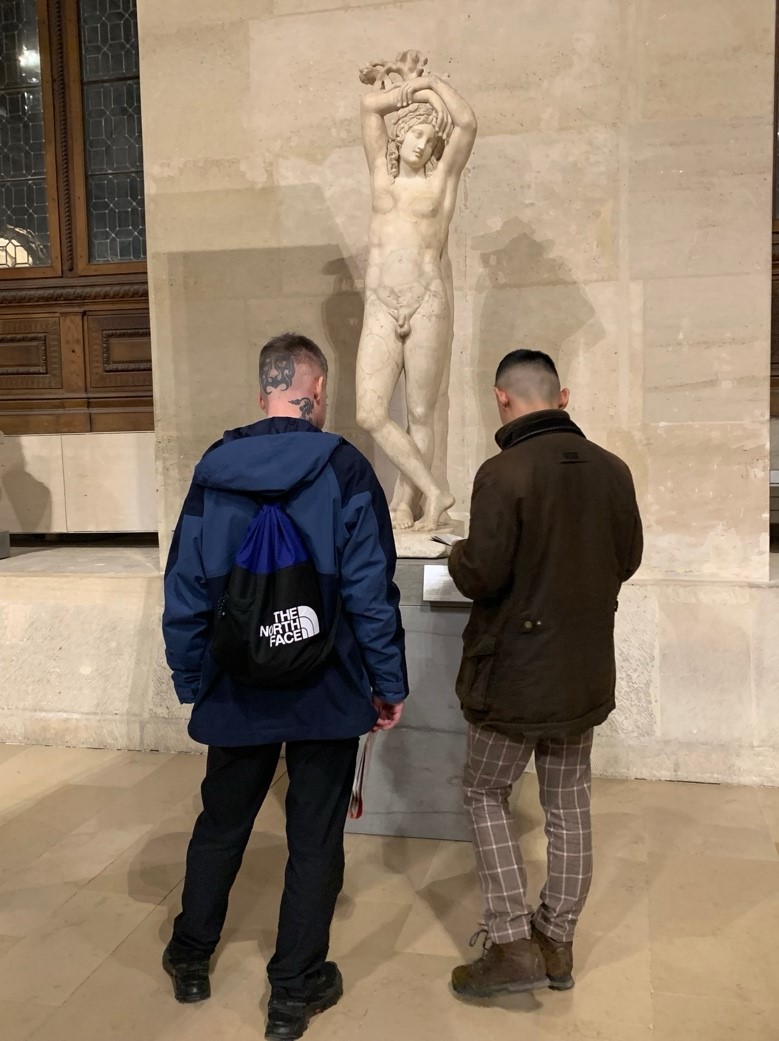

Should Children Be Taken to Museums?
My Louvre by Antoine Compagnon

Should Children Be Taken to Museums?
As a child, Julien Green, whose mother used to take him to the painting and sculpture rooms of the old Luxembourg Museum for his artistic education, swooned in ecstasy at the sight of what he would later call the “crime of being naked.” “She had no idea of what she was doing,” he wrote, in adulthood. “All that life could teach me about the durus amor, I learned in the space of a few seconds and at an age when I could not understand its significance” (To Leave Before Dawn, 1963). How many children from earlier generations discovered their sexuality during visits to the Louvre, faced with the Venus of Vienne (Sully, room 344) or the Antinous from Tivoli, a modern montage, no less moving (Denon, room 405)? The thought came to me as I was watching two young men who had stopped before the Hermaphrodite of the Salle du Manège, which is from the collection of Cardinal Mazarin and was once mutilated by his nephew, the Duc de Mazarin, in a fit of madness (Denon, room 405). Children used to be taken to the Louvre so they would learn the canons of classical beauty; instead, they discovered desire. It’s impossible to consign to silence this traditional function of the museum, now rendered obsolete by the mass publication of all kinds of images on the internet.